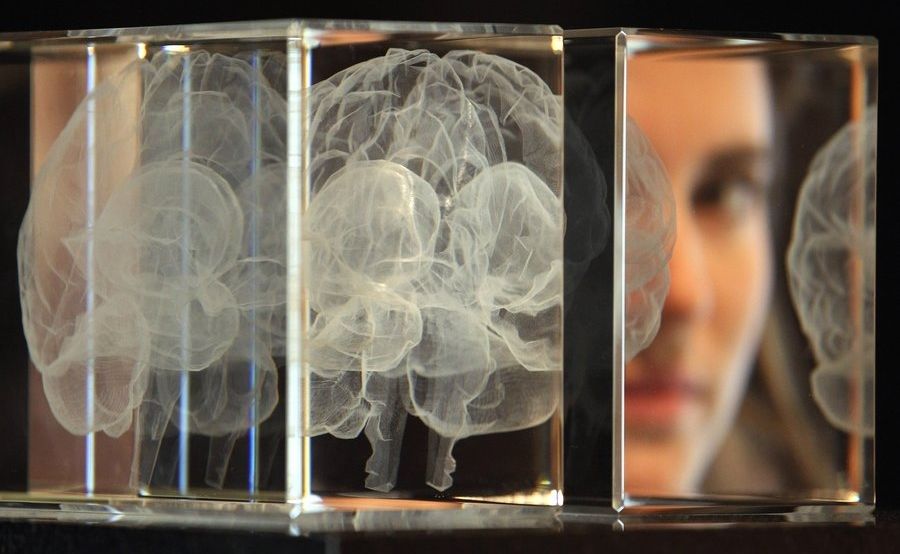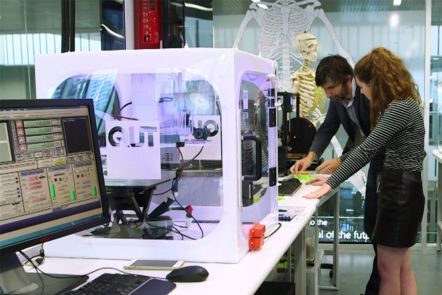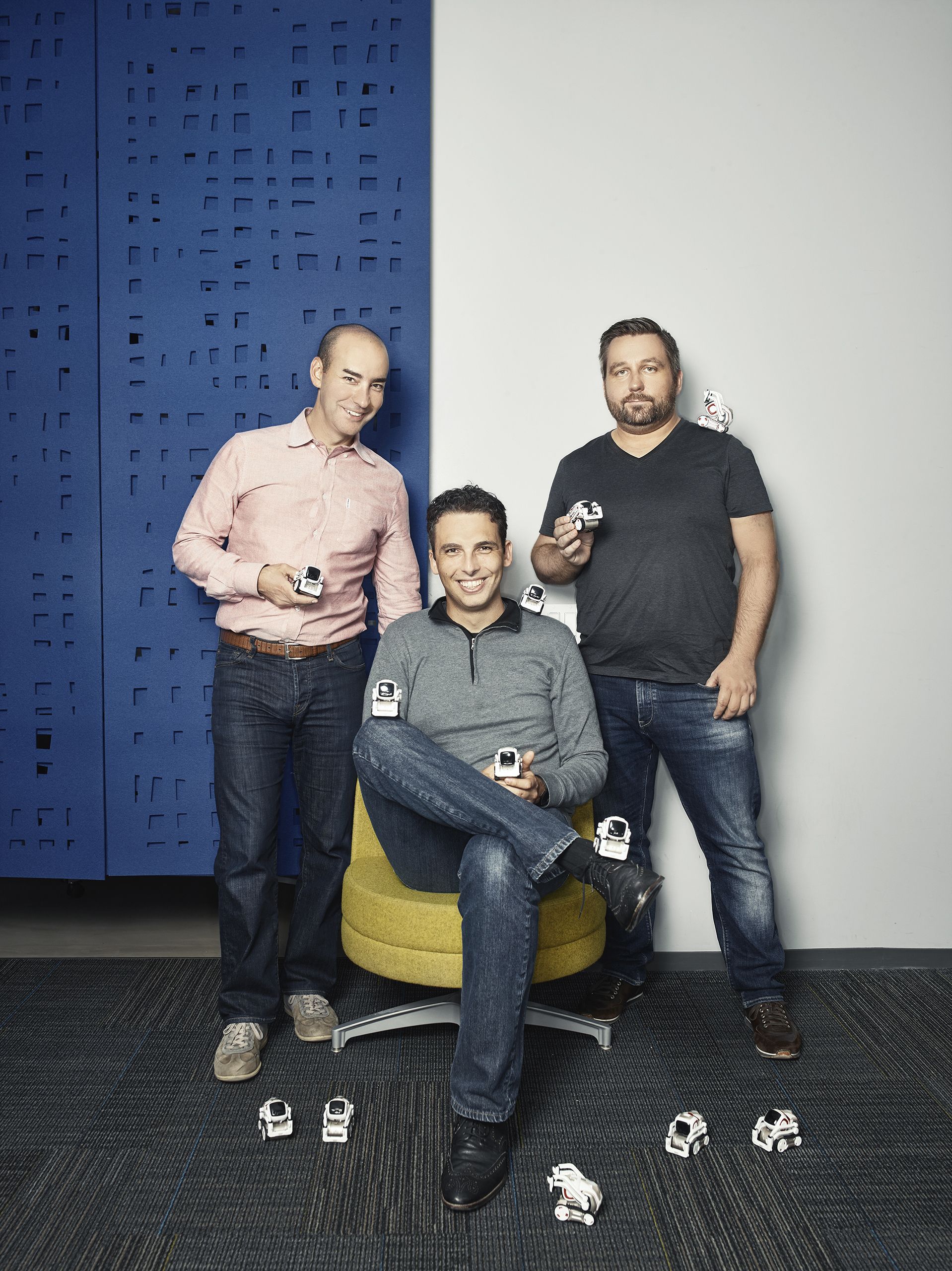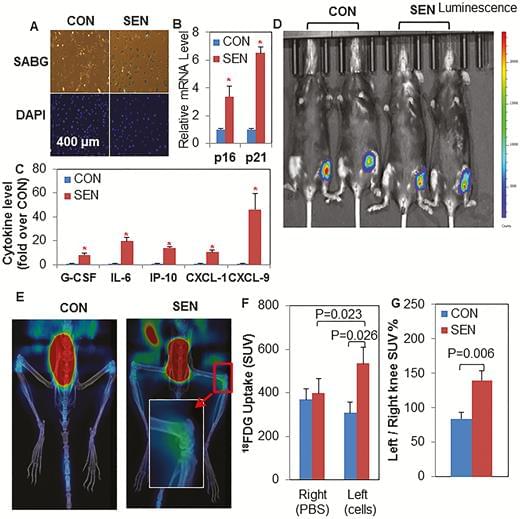New research at MIT might be a game-changer for Alzheimer’s. But you don’t have to wait to strengthen your brain’s memory system.





AI (someday once things are more secured) is going to drastically reduce our cost of government. At least the VA believes AI is going to make them better at treating folks; my guess it’s a mix of cost saving potential via automation and improving diagnosis.
Flow Health and the VA are building a medical knowledge graph with deep learning to inform medical decision-making and train AI to personalize care plans.
This has been worked on since WWII using various methods that never fully worked out. However, our technology has advance; so it could be within reach this time.
An expert from Rutgers University Newark explores the proper role of neuroscience in defense and war efforts, and how technologies designed with this science can be misused to harm people.

The first thing I learned about Cozmo is that it doesn’t like to stay put very long. Roused from slumber, the little robot’s face illuminates, and it begins zooming around the table in front of me. A moment later, it notices I’m watching and turns to greet me, saying my name with a computerized chirp.
Cozmo, which came out on Oct. 17, is the latest toy from six-year-old San Francisco startup Anki. It’s also an attempt to bring the burgeoning fields of robotics and artificial intelligence to consumers. While companies large and small work on both, applications tend to be in high-end computing, defense and government. Anki is betting toys will give the technologies a foothold at home. And Gartner predicts sales of such smart toys will grow, globally, from 8 million units this year to 421 million by 2020.
Toymakers have been cramming circuit boards and wireless chips into their products for years. Mattel and Hasbro, for example, sell high-tech versions of classics Barbie and Furby. But toys like Cozmo differ in the way they interact with the people and objects around them, changing their behavior over time as their software “learns.” Right out of the box, cameras and sensors allow Cozmo to recognize individuals, avoid falls or bumping into obstacles and play simple games like keep-away. But Anki says it will evolve; in December it will be able to recognize pets and learn new words. “Every input trigger, no matter what happens to him, will influence his future behavior,” says Hanns Tappeiner, Anki’s president.

Osteoarthritis and senescent cells the connection becomes a little clearer!
Another step closer to the link between senescent cells and Osteoarthritis. Here we see mice receiving transplanted senescent cells which induce a disease state similar to Osteoarthritis. Yet further confirmation that the SENS approach to removing senescent cells is beneficial.
“Osteoarthritis (OA) is the leading form of arthritis in the elderly, causing pain, disability, and immobility. OA has been associated with accumulation of senescent cells in or near joints. However, evidence for a causal link between OA and cellular senescence is lacking. Here, we present a novel senescent cell transplantation model involving injection of small numbers of senescent or nonsenescent cells from the ear cartilage of luciferase-expressing mice into the knee joint area of wild-type mice. By using bioluminescence and 18FDG PET imaging, we could track the injected cells in vivo for more than 10 days. Transplanting senescent cells into the knee region caused leg pain, impaired mobility, and radiographic and histological changes suggestive of OA. Transplanting nonsenescent cells had less of these effects. Thus, senescent cells can induce an OA-like state and targeting senescent cells could be a promising strategy for treating OA.”

More on the cell circuited technology that will deprive cancer cells of oxygen.
Imagine having cells in your body that can actively repel cancer in a way that makes it theoretically impossible for you to suffer from it.
Researchers at the U.K.’s University of Southampton…have engineered cells with a so-called “built-in genetic circuit” capable of producing a molecule for inhibiting the ability of tumors to grow and survive in the body.
“There are various defense mechanisms built into human cells, such as proteins that spot DNA damage, but there are also gaps in this defense system that are exploited by disease,” Professor Ali Tavassoli, one of the lead authors of the paper …“We were wondering if it is possible to equip human cells with the ability to sense and respond to a disease marker…”
What could once only be imagined in science fiction is now increasingly coming to fruition: Drones can be flown by human brains’ thoughts. Pharmaceuticals can help soldiers forget traumatic experiences or produce feelings of trust to encourage confession in interrogation. DARPA-funded research is working on everything from implanting brain chips to “neural dust” in an effort to alleviate the effects of traumatic experience in war. Invisible microwave beams produced by military contractors and tested on U.S. prisoners can produce the sensation of burning at a distance.
What all these techniques and technologies have in common is that they’re recent neuroscientific breakthroughs propelled by military research within a broader context of rapid neuroscientific development, driven by massive government-funded projects in both America and the European Union. Even while much about the brain remains mysterious, this research has contributed to the rapid and startling development of neuroscientific technology.
And while we might marvel at these developments, it is also undeniably true that this state of affairs raises significant ethical questions. What is the proper role – if any – of neuroscience in national defense or war efforts? My research addresses these questions in the broader context of looking at how international relations, and specifically warfare, are shaped by scientific and medical expertise and technology.

Here is the bottom line: the companies that launches QC devices, network infrastructures (platforms, IaaS, SaaS, etc.) will win as everyone knows those billions invested by tech in AI will finally have the ROI that they need to show to their shareholders at the end of the day. When you have consumers and businesses too scared to use your products thanks to the Dark Web, etc. QC is your only way out of this mess.
Without QC infrastructure; means you’re AI investment is limited and you will not see the real ROI potential that you could have. And, synbio technology such as cell circuitry used to eradicate cancer and other illness or disabilities, connected humans, etc. will not have the level of adoption and performance we need to make this area impactful and life changing for so many. Personally, I look forward to a day when hospitals, going to the doctor, etc. are things of the past.
Microsoft Corporation (NASDAQ: MSFT) can come up with its own scalable operational quantum computer by 2025. This could lead to quantum jump in MSFT stock in long term.